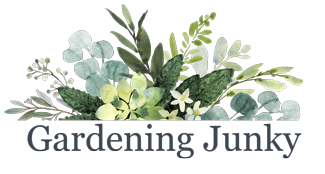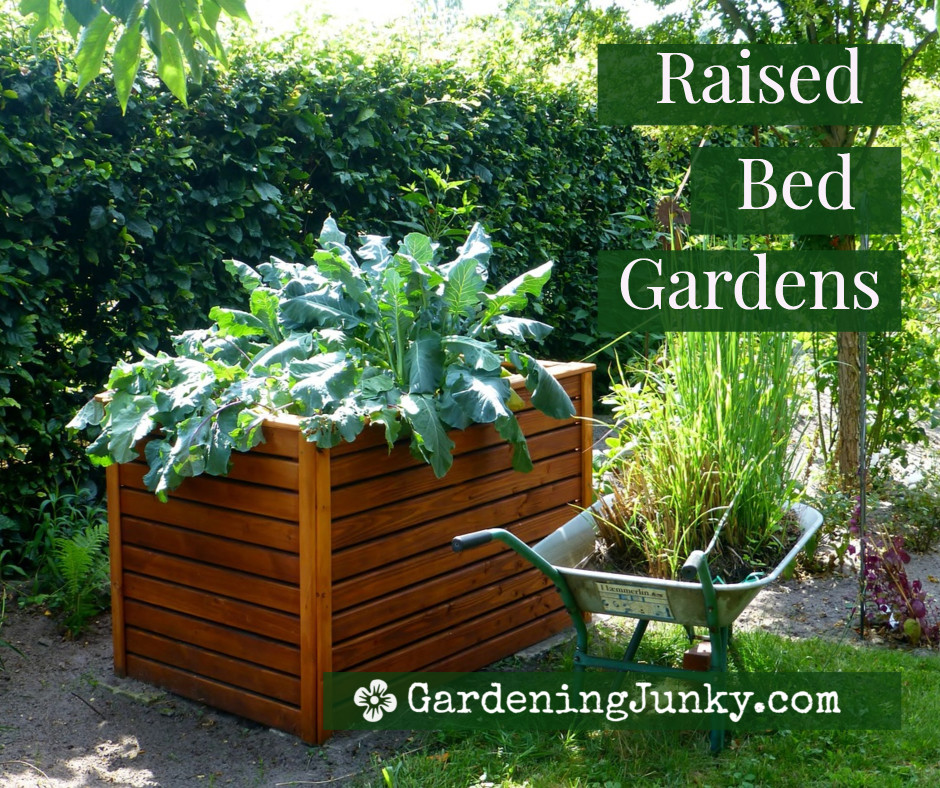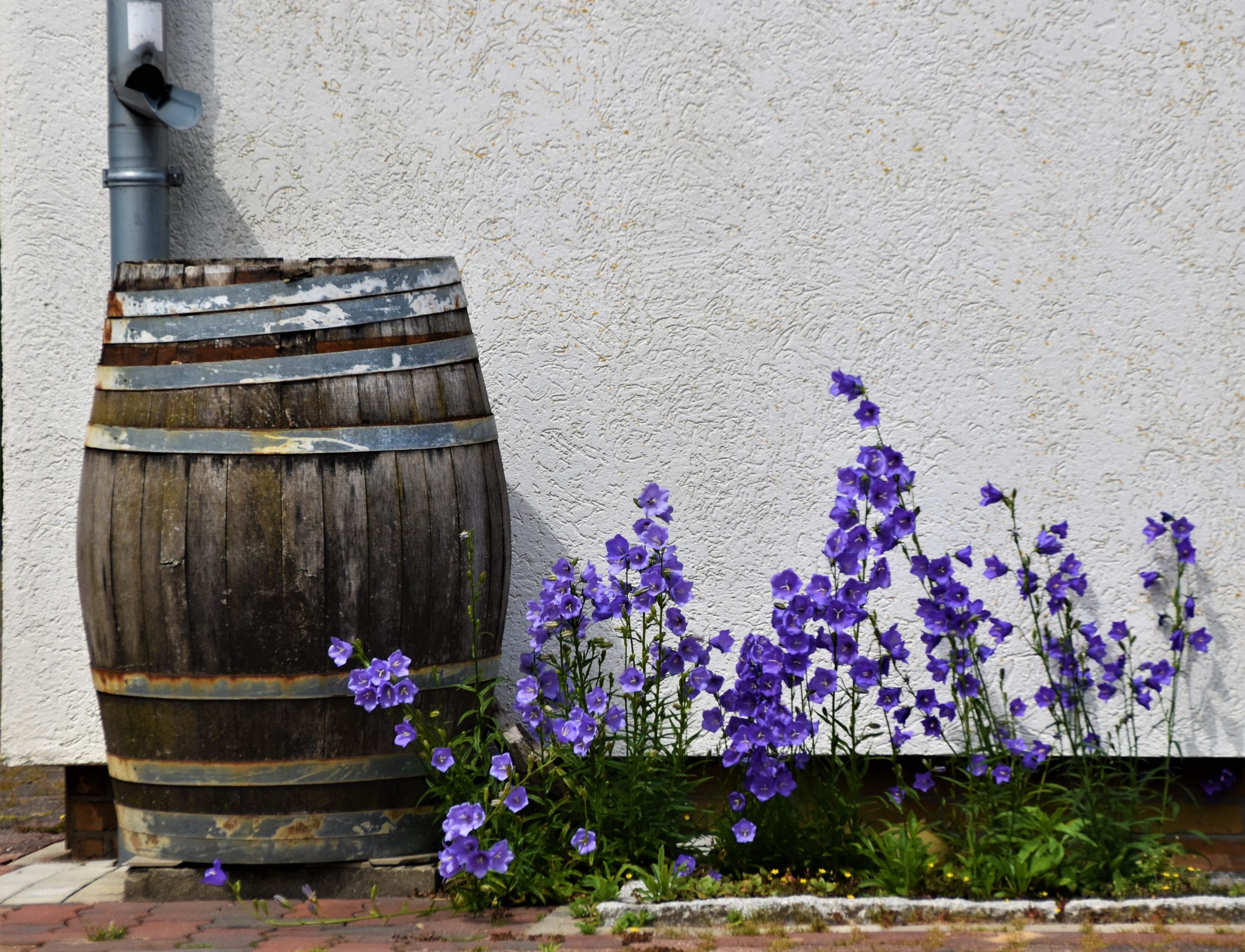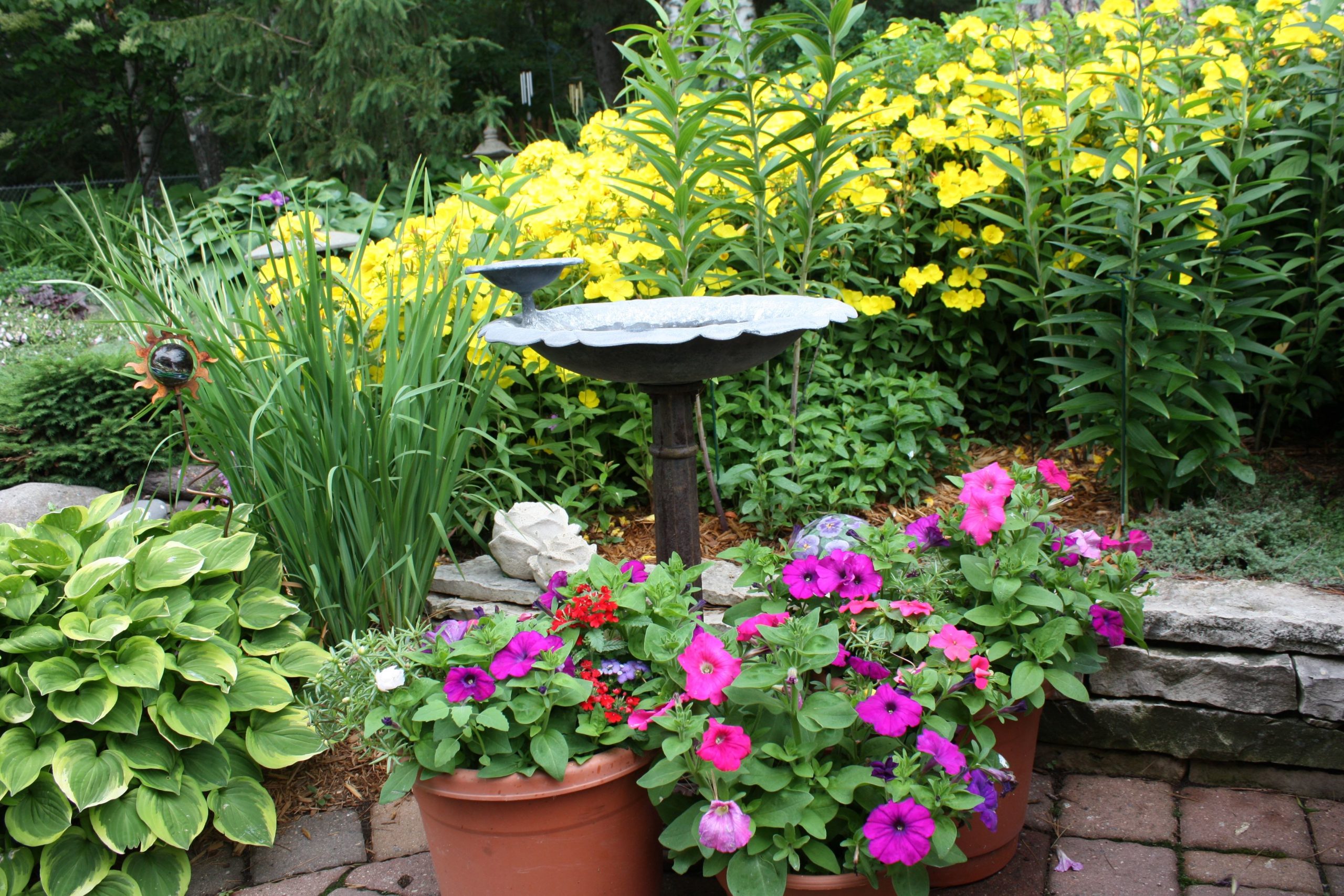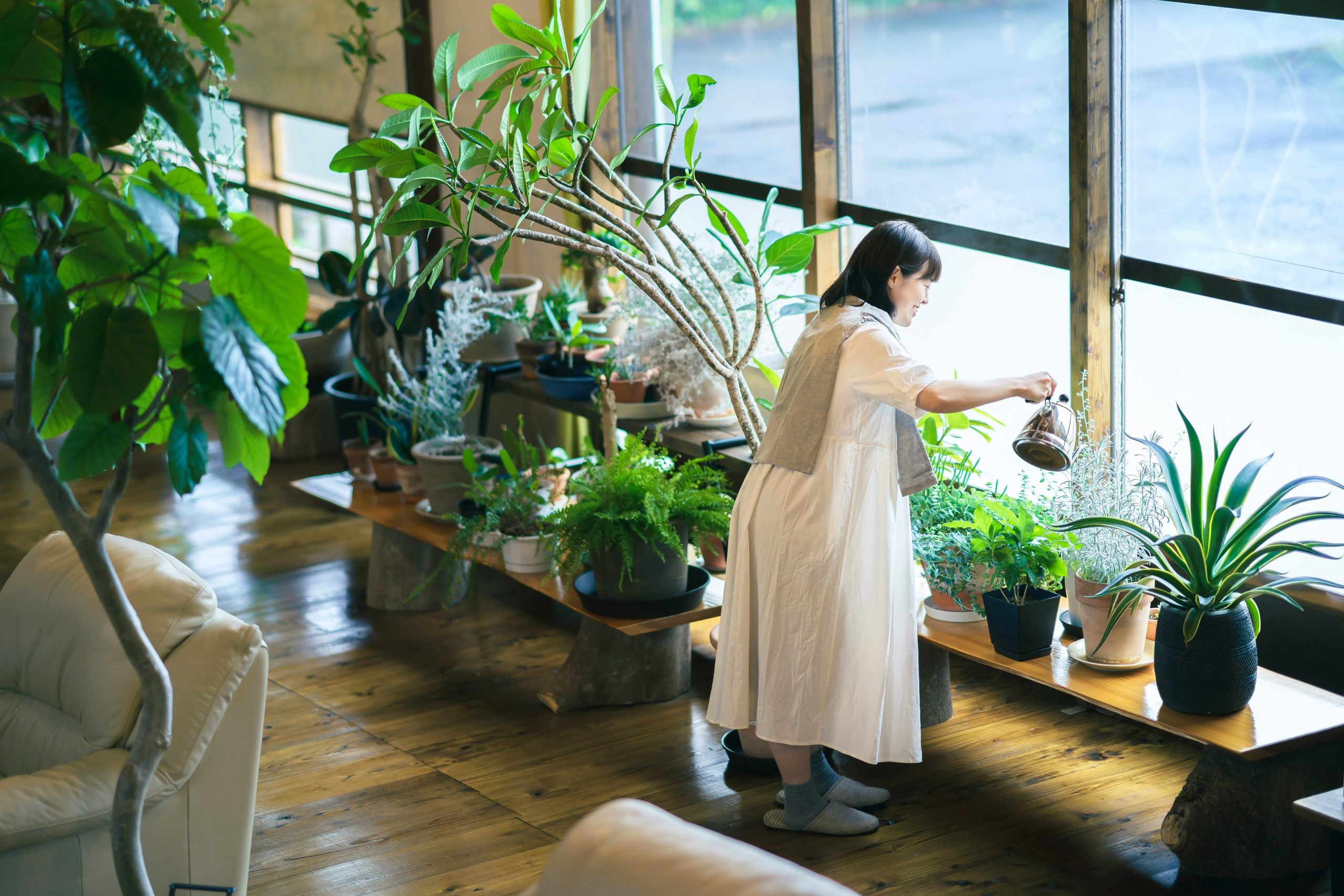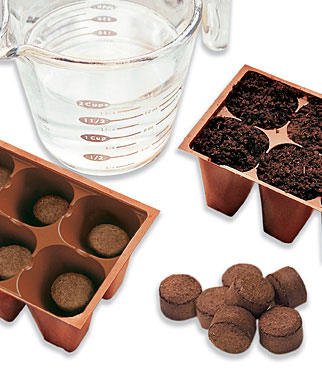Consider Basic Plant Requirements To Ensure A Healthy Garden
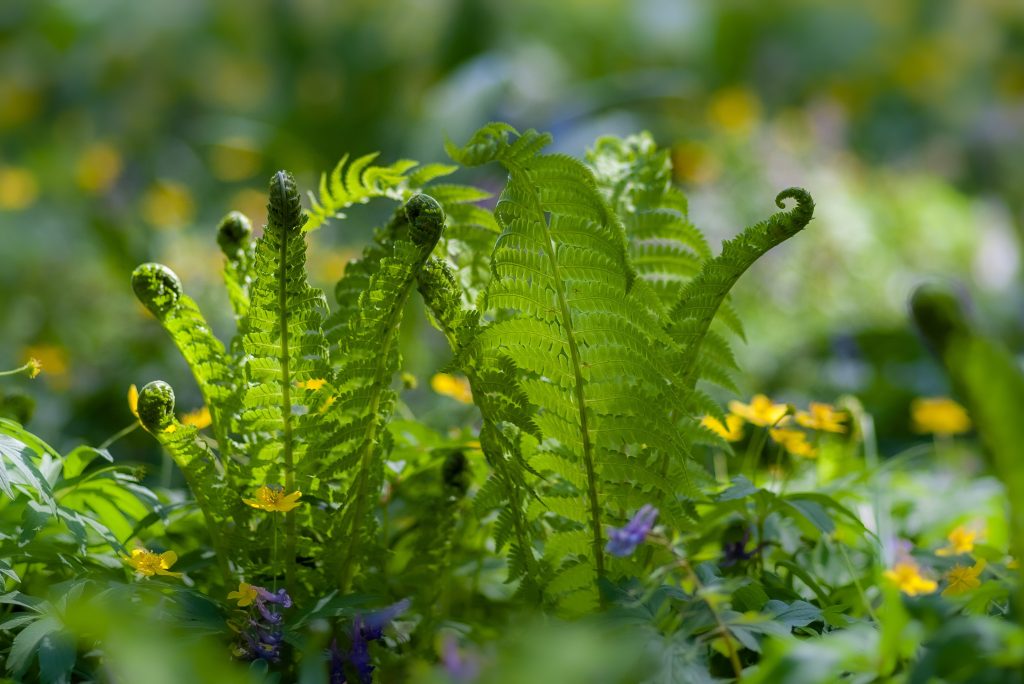
Choosing plants to grow in your garden can be a mystery for beginning gardeners. Learning some basic plant requirements will cut down on the confusion and guarantee a garden full of beautiful blooms.
Many factors come into play to determine whether or not a plant will perform well for you. Each kind of plant has its own needs and requirements. Some plants, like the dandelion, are tolerant of a wide variety of conditions, while others, such as the pink ladyslipper orchid, have very exacting requirements.
Garden plants thrive when they are taken care of and are kept neatly. And apart from the flowering shrubs and bushes, you’d want to make sure that the trees around are well-maintained too. A tree service jacksonville fl, or one near you could be of assistance if your expertise is restricted to simple trimming. Proper garden care is an all-inclusive activity which assures a thriving ecosystem and sees colors and the growth of new life.
But before you spend the time, effort, and money attempting to grow a new plant in your garden, it is best to do some research to learn something about the conditions that the plant needs to grow properly.
Here is a brief description of some of the environmental needs that influence plant growth:
- Daylength
- Daylength is usually the most critical factor in regulating vegetative growth, flower initiation and development, and the induction of dormancy. Plants utilize daylength as a cue to promote their growth in spring and prepare them for the cold weather. Many plants require specific daylength conditions to initiate flowers.
- Light
- Light is the energy source for plants. Cloudy, rainy days or the shade cast by nearby plants and structures can significantly reduce the amount of light available. Shade adapted plants cannot tolerate the bright light of full sun. Plants survive only where the amount is within a range they can tolerate.
- Temperature
- Plants grow best within an optimum range of temperatures; and the range may be wide for some species, narrow for others. Plants survive only where temperatures allow them to carry on life-sustaining chemical reactions.
- Cold
- Plants differ in their ability to survive cold temperatures. Some tropical plants are injured by temperatures below 60 °F. Arctic species can tolerate temperatures well below zero. The ability of a plant to withstand cold is a function of the degree of dormancy present in the plant, its water status, and general health. Exposure to wind and bright sunlight or rapidly changing temperatures can also compromise a plant’s cold tolerance.
- Heat
- Heat tolerance varies widely from species to species. Many plants that naturally grow in arid tropical regions are naturally very heat tolerant, while subarctic plants and alpine plants show very little tolerance for heat. Elephant ears, for example, are pretty heat tolerant, but tend to thrive in the shade.
- Water
- Different plants have different water needs. Some tolerate drought during the summer but need winter rains. Others need a consistent supply of moisture to grow well. Careful attention to the need for supplemental water can help you select plants that need a minimum of irrigation to perform well in your garden. If you have poorly drained, chronically wet soil, you can select lovely garden plants that naturally grow in bogs, fens, and other wet places. Many plants require careful watering, and too much water can result in a lack of nutrition, causing the plants to die. If you live in a rainy area, you might find it difficult to regulate the amount of water your plants are receiving. It is hence a good idea to look into professional patio covers Edmonton (or where you reside) to keep the plants on your patio shaded, and water them yourself according to their needs.
- pH
- The ability of plant roots to take up certain nutrients depends on the pH, which is a measure of the acidity or alkalinity of your soil. Most plants grow best in soils that have a pH near 7.0. Most ericaceous plants such as azaleas and blueberries need acid soils with pH below 6.0 to grow well. Lime can be used to raise pH and materials containing sulfates such as aluminum sulfate and iron sulfate can be used to lower pH. The solubility of many trace elements is controlled by pH, and only the soluble forms of these important micronutrients can be used by plants. Iron is not very soluble at high pH and iron chlorosis is often present in high-pH soils, even if they contain abundant iron.
A little research on basic plant requirements will save you the time and money – and ensure you a garden full of healthy, beautiful plants.
